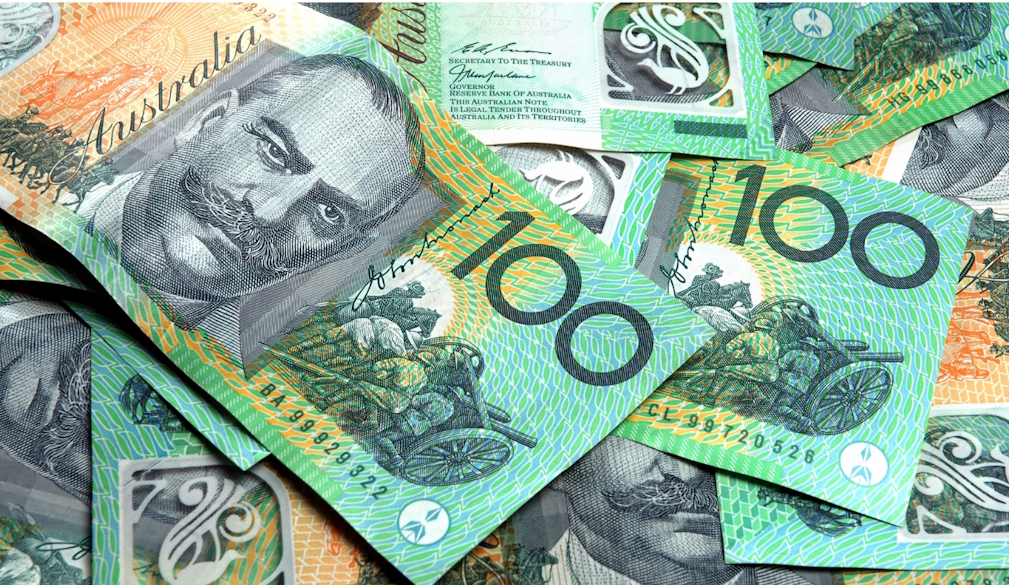Crypto Expert John Fenga Reveals How Blockchain is Revolutionising Charity

One of the most persistent challenges in the charity sector is trust. Donors often wonder whether their contributions are being used effectively or if overhead costs consume a significant portion. Traditional fundraising methods can be opaque, with limited insights into allocating funds.
Blockchain technology addresses these issues by creating an immutable and transparent ledger of transactions. Every donation made via blockchain is publicly recorded, allowing donors to track their contributions from start to finish.
“Transparency is at the heart of blockchain,” said TDCR founder and CEO John Fenga, a cryptocurrency expert. “When donors can see exactly where their money is going, it builds trust and encourages more giving.”
“For example, organisations like GiveTrack by BitGive use blockchain to provide real-time project updates, showing donors precisely how their funds are being spent.
“This level of accountability is particularly appealing to younger, tech-savvy donors who demand greater transparency from the organisations they support.”
Traditional charitable organisations often have high administrative costs and significant donations go toward operational expenses rather than directly to beneficiaries.
Blockchain technology can streamline these processes, reducing the need for intermediaries and lowering costs.
Smart contracts, self-executing agreements built on blockchain, play a crucial role in this transformation.
These contracts automate transactions and ensure that funds are only released when specific conditions are met.
For instance, a smart contract could be programmed to release funds to a disaster relief effort only after verifying that a credible organisation is handling the aid.
“Smart contracts eliminate the middleman,” Mr Fenga said. “This means more money reaches the people who need it most, rather than being tied up in bureaucracy.”
Blockchain’s cost-saving potential is particularly significant for smaller charities, which often struggle with limited resources. These organisations can maximise their impact by reducing overheads and competing with larger, more established entities.
Decentralised fundraising platforms are another area where blockchain is making waves.
These platforms enable peer-to-peer donations without the need for centralised institutions, democratising philanthropy and expanding access to global donors.
Platforms like Giveth and Binance Charity Foundation allow individuals to donate directly to causes they care about, using cryptocurrencies as a medium of exchange. These platforms also provide tools for verifying the legitimacy of campaigns, reducing the risk of fraud.
“Decentralisation is about putting power in the hands of individuals,” Mr Fenga said. “With blockchain, anyone can contribute to global causes without worrying about intermediaries or cross-border barriers.”
Cryptocurrency donations also provide a lifeline in regions with limited access to traditional banking systems.
For example, during the 2022 Ukraine crisis, crypto donations were pivotal in delivering aid quickly and efficiently.
Blockchain’s borderless nature enabled donors worldwide to contribute directly to humanitarian efforts, bypassing traditional financial restrictions.
Despite its promise, blockchain philanthropy is not without challenges. The volatility of cryptocurrencies can pose a risk for charities, as the value of donations can fluctuate significantly.
To address this, some organisations immediately convert crypto donations into stablecoins or fiat currencies to preserve their value.
Another challenge is the technical complexity of blockchain, which can be a barrier for smaller charities and less tech-savvy donors. Education and user-friendly platforms will be crucial for driving adoption.
“Every new technology faces growing pains,” Mr Fenga said. “But the opportunities far outweigh the challenges.
“As the ecosystem matures, we’ll see more innovative solutions that make blockchain accessible to everyone.”
One such innovation is the rise of tokenised giving, where donors receive tokens representing their contributions.
These tokens can prove participation, fostering a sense of community and engagement.
Some platforms even reward donors with NFTs (non-fungible tokens) to commemorate their support for a cause.

















